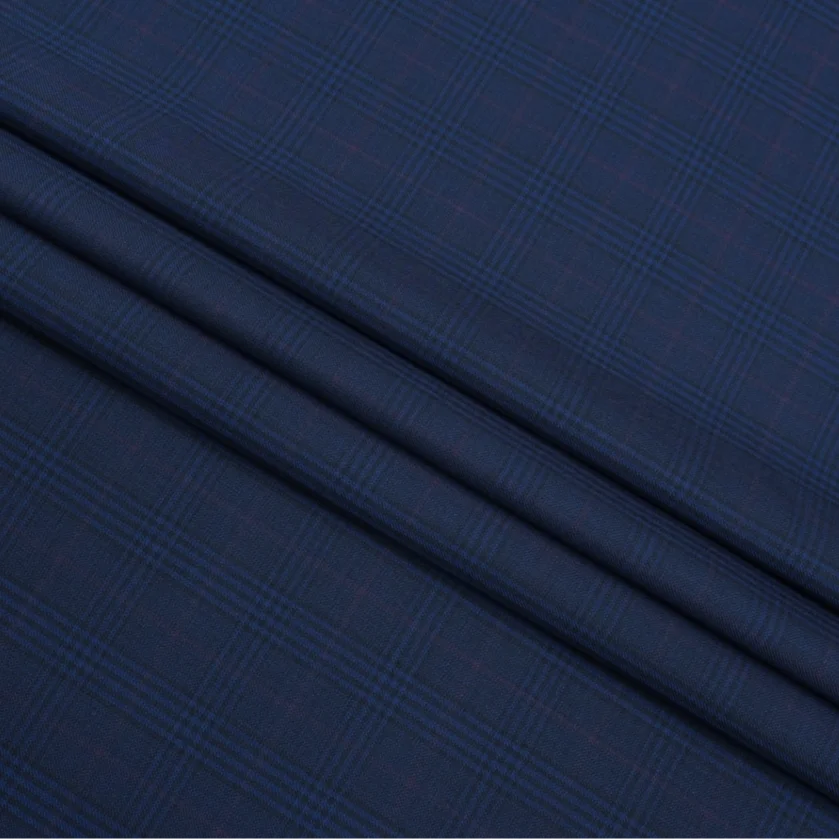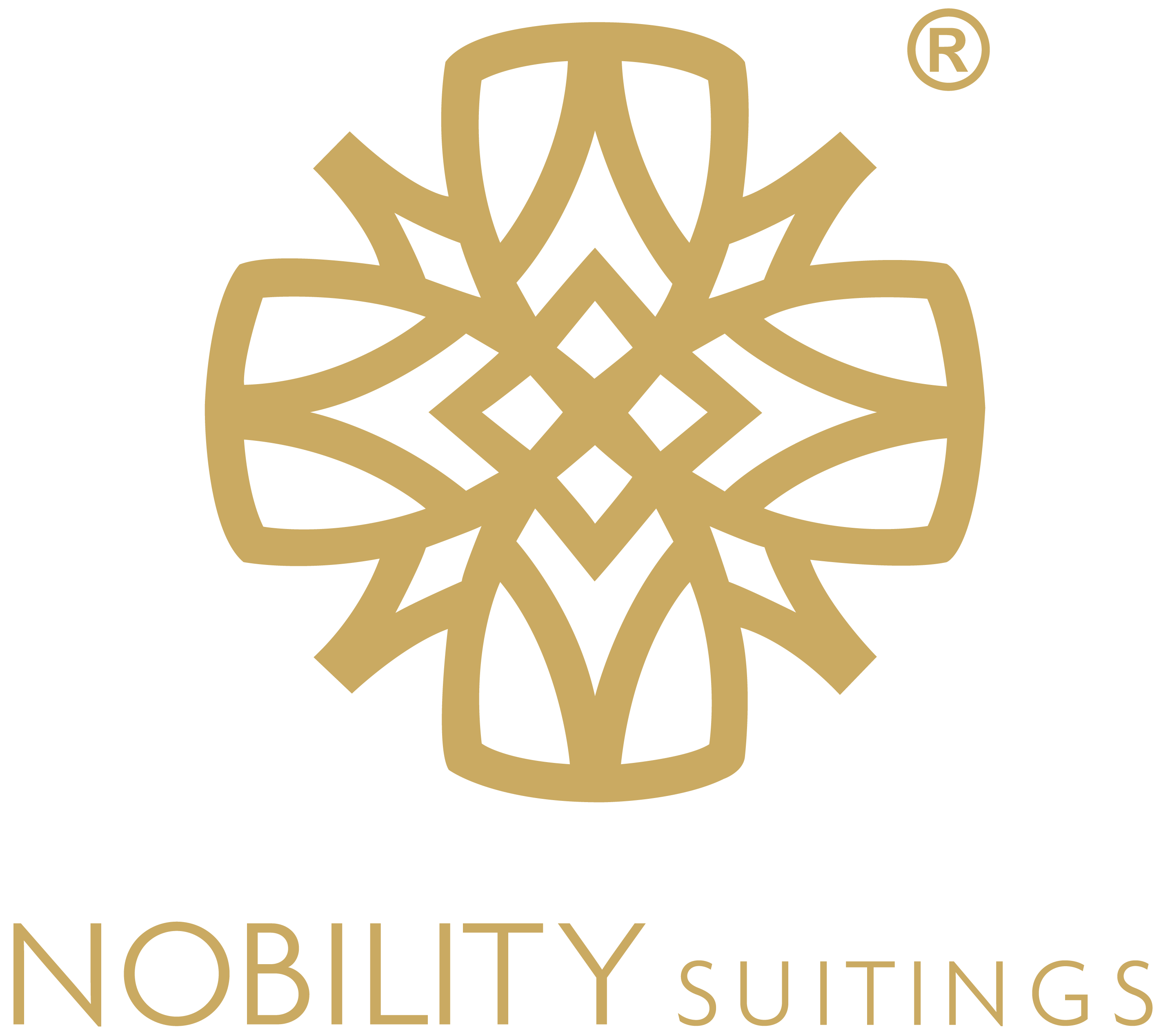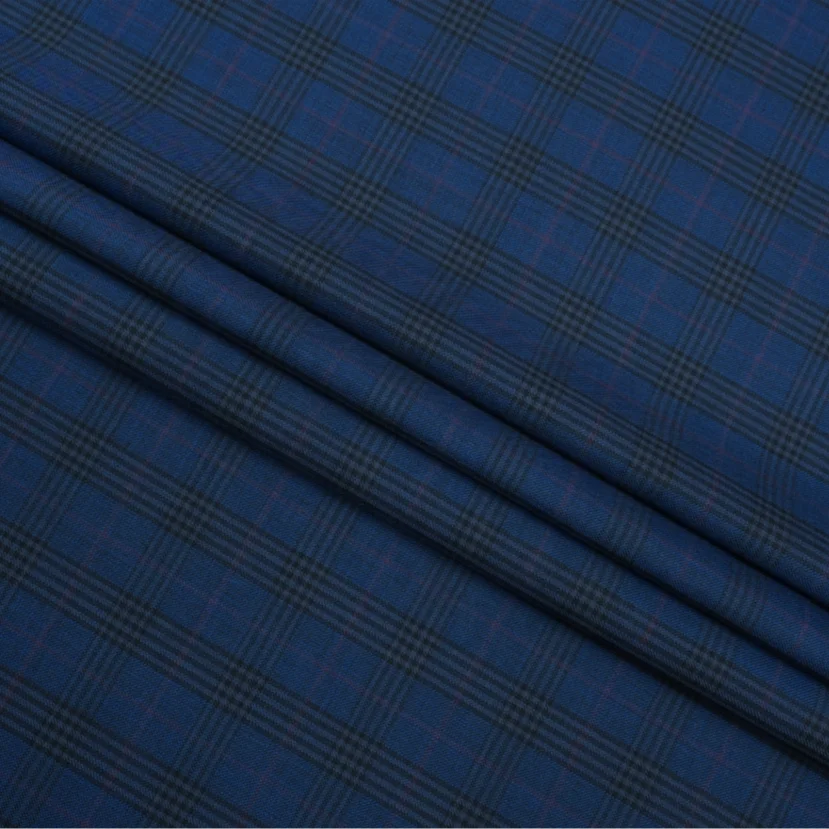Eco-Friendly & Sustainable Wool Blend Innovations
Closed-Loop Recycled Wool Production Systems
The textile industry is undergoing a major shift thanks to closed-loop recycled wool systems that create a circular process where old wool gets turned back into new yarn. This means less waste ends up in landfills and we don't have to keep pulling fresh resources out of the ground. Environmental groups have found these systems cut down on carbon emissions while also reducing our dependency on brand new raw materials. For manufacturers, there's money to be saved too. When companies reuse existing wool instead of buying all new stuff, their bottom line improves. The production lines become more efficient as well since they're working with what's already available. Many forward looking businesses are adopting these closed-loop approaches because they realize sustainability doesn't just help the planet - it actually makes good financial sense in the long run.
Low-Impact Dyeing Technologies for Blended Yarns
The textile industry is seeing major changes thanks to low impact dyeing methods that focus on using less water and energy, cutting down on environmental damage during yarn processing. Digital printing techniques and plant based dyes stand out among these innovations, and research shows they work well while consuming fewer natural resources. Fashion brands are noticing that consumers want greener options more than ever before, so companies need to adapt if they want to stay relevant in today's market where sustainability matters. With shoppers getting increasingly aware of environmental issues, adopting these new dyeing approaches isn't just smart business strategy anymore it's almost essential for staying competitive within the fast growing world of sustainable fashion.
Carbon-Neutral Wool Blend Certification Standards
Wool blends that carry carbon-neutral certification help keep things honest across the textile sector. When products get this stamp of approval, it means they actually tick boxes on sustainability while cutting down carbon footprints during manufacturing processes. Groups like Carbon Trust set out clear rules for making textiles carbon neutral. Brands following these rules tend to build better relationships with customers who care about green credentials. For shoppers hunting real eco stuff, certifications act as a sort of shortcut through all the greenwashing noise. Companies gain extra respect points too when sticking to widely accepted standards. With sustainability becoming basically table stakes in today's fashion world, these certification frameworks will likely continue guiding where the industry goes next.
Performance-Enhancing Treatment Technologies
Nanotech Coatings for Stain & Water Resistance
Nanotechnology makes a real difference when it comes to making wool blends last longer and work better, especially when we talk about resisting stains and keeping dry. When manufacturers embed tiny particles into the fabric itself, the resulting material stands up much better to coffee spills, rain showers, and all sorts of messes that would normally ruin regular activewear. Look at what companies like Patagonia and Columbia have done with their technical fabrics recently – tests show these treated materials actually hold up far better over time compared to standard options. People shopping for outdoor gear or workout clothes tend to notice this too. Most folks care deeply about getting something that won't fall apart after a few washes, and they're willing to pay extra for items that stay looking good while handling whatever life throws at them.
Enzyme-Based Anti-Pilling Solutions
Wool blends treated with enzymes are changing the game when it comes to fighting pilling while keeping clothes looking good for much longer than before. Traditional chemical treatments often leave behind harsh residues, but enzyme solutions break down on their own without harming the planet. Research shows these treatments cut down on those annoying little pills that form on fabrics, which means customers end up happier with their purchases since their clothes maintain that fresh look over time. Beyond just making garments last longer on store shelves, this method taps into what many shoppers want nowadays: greener options that work as well as synthetic alternatives without all the environmental baggage.
Phase-Change Material Integration
Phase change materials, or PCMs as they're often called, present a pretty cool way to manage temperature and boost comfort when mixed with wool fabrics. These materials basically soak up excess heat when it's warm, hold onto it, then let it go again when conditions get colder. Studies looking at sportswear that includes PCMs have found real noticeable differences in how well they handle temperature changes. That makes them especially useful for people who spend time outside or work in environments with fluctuating temperatures. What's interesting is how flexible this tech actually is. We're starting to see it pop up everywhere from hiking gear to industrial uniforms, not just jackets and coats anymore. The ability to adapt to different climates while keeping wearers comfortable opens up all sorts of possibilities across multiple industries.
Digital Manufacturing Breakthroughs
AI-Driven Blend Optimization Algorithms
Algorithms powered by artificial intelligence are changing the game when it comes to creating better wool blends. These smart systems look at all sorts of fiber characteristics so manufacturers can mix materials just right for what they need, whether that's something really tough or something that keeps people warm without feeling heavy. Take NOBILITY SUITINGS for example. They've been playing around with AI tech to tweak their wool mixes, which has actually cut down on wasted time during production runs. Textile makers who adopt this kind of approach find themselves able to scale operations while still offering custom options. The machines just keep getting better at matching what customers want with what gets made on the factory floor. Looking ahead, there's plenty of room for growth in this area. We might see fully automatic weaving setups soon enough, plus fabrics that feel completely tailored to individual preferences rather than generic sizes off the rack.
Laser Finishing for Precision Texture Effects
The textile world has seen some serious shifts lately, particularly with how we handle those complex wool blend textures. Laser finishing tech brings something special to the table here. What sets it apart is the level of detail it can achieve, making fabrics look absolutely stunning in ways traditional methods just cant match. According to industry reports, factories using lasers typically cut down on workforce hours by around 30% while maintaining uniform standards across batches. We're seeing consumers getting tired of mass-produced looks these days. They want something different, something that stands out from the crowd. That's why so many fashion houses have started integrating laser systems into their production lines recently. The result? Garments that don't just perform well but actually grab attention with their one-of-a-kind surface treatments.
3D-Knitting Compatible Wool Hybrid Yarns
The world of clothing manufacturing is changing fast thanks to advances in 3D knitting tech, particularly when combined with special wool blends. What makes this method so different? It creates garments without seams, cuts down on fabric scraps, and opens up all sorts of creative options designers never had before. Big name fashion houses have started experimenting with these machines too. They're making intricate patterns that would be impossible with traditional methods while wasting almost nothing in the process. We're seeing a real move toward greener practices across the board. As manufacturers get better at working with these systems, we'll probably see factories running faster and cleaner operations. Some experts even think 3D knitting might one day replace old school techniques entirely in certain parts of the textile business.
Market-Tested Wool Blend Applications
Moisture-Wicking Activewear Blends
Wool blends with moisture wicking properties have really boosted how well activewear performs nowadays. The fabric technology actually pulls sweat away from skin so people stay drier and more comfortable when working out hard. We're seeing more demand for this kind of material too. Look at the numbers the sports clothing market has been growing pretty steadily since around 2018, something like 7.9% each year on average. That tells us folks care about getting clothes that help them perform better. Athletes who've tried these wool blends report staying cooler longer during training sessions, which makes sense why gyms and running stores keep stocking up on them for serious sports applications.

Flame-Retardant Interior Textiles
Flame retardant treatments applied to wool blends are becoming really important for both household and business textiles. When treated properly, wool can actually stand up to catching fire, which makes indoor spaces much safer whether someone lives there or works there. Market research shows that people want more fire resistant fabrics these days because building codes keep getting stricter and folks are just more aware about what happens when fires break out in homes and offices. The hotel industry has started using these treated wool blends quite a bit now. They need to follow strict safety rules but still want materials that look good too. We've seen some interesting real world examples where these special wools were installed in places like big chain hotels and concert halls where having good fire protection matters most of all.
Shape-Retention Tailoring Fabrics
New developments in fabric treatments that keep clothes looking sharp are changing how we think about tailoring. Garments made with these technologies stay looking fresh and neat even after being worn several times without needing ironing or special care. People clearly want clothing that doesn't require much maintenance, something backed up by sales figures showing customers love these easy-care fabrics. Many designers now work with these materials too, incorporating them into spring collections where style meets practicality. Beyond just convenience, these fabrics actually help the environment since they cut down on how often people need to replace their wardrobes or send clothes to dry cleaners. As more folks become concerned about what impact their shopping habits have on the planet, this kind of innovation fits right into the current push for greener living.
Future-Focused Supplier Capabilities
Circular Economy Program Participation
A circular economy plays a big role in making wool blends sustainable through production and recycling efforts. Basically, this approach focuses on creating systems and products that create less waste while getting more use out of available resources. The wool blend sector really needs this kind of thinking since both manufacturing new items and recycling old ones require careful thought. Companies such as Patagonia have been leading the way with their circular economy projects, something we see happening across industries with impressive reductions in waste numbers. Take Patagonia's recycled polyester initiative for example they kept millions of plastic bottles out of landfills last year alone. Getting regular people involved in these kinds of programs matters a lot too because when folks understand what's going on, they tend to want greener options more, which helps drive up demand for environmentally friendly products over time.
Multi-Fiber Traceability Systems
Multi fiber traceability systems have made a real difference in how transparent supply chains are for wool blends. Brands can now show consumers exactly where their materials come from and how they're produced thanks to these new tech solutions. Take Norrona for instance they've rolled out their own tracking system so shoppers know their wool comes from ethically managed sources. This kind of openness builds trust with customers who care about where their clothes come from. People want to support companies that walk the talk when it comes to sustainability. So while traceability definitely confirms ethical sourcing practices, it does something else too makes brands look credible in an industry where greenwashing is all too common.
On-Demand Custom Blending Services
The wool blend textile market is seeing a real shift towards on demand custom blending services these days. These services let companies create unique blends based on what each customer actually wants, rather than guessing what might sell. Take Tailored Textiles as an example they've completely changed how they operate since switching to this approach. Instead of keeping tons of stock around, they wait until someone places an order before starting production. This cuts down on wasted materials and saves money on storage costs. The whole industry stands to benefit too. Less overproduction means fewer resources get squandered, and manufacturers can keep their warehouses leaner while still meeting customer demands exactly when needed.
FAQ Section
What are closed-loop recycled wool production systems?
Closed-loop recycled wool production systems involve creating a cycle where wool products are reprocessed into new yarns, minimizing waste and resource exploitation while reducing the carbon footprint.
How do low-impact dyeing technologies benefit the textile industry?
Low-impact dyeing technologies prioritize minimal water and energy usage, reducing the environmental footprint and aligning with consumer demand for eco-friendly practices.
What are carbon-neutral wool blend certification standards?
These certifications ensure that wool blend products meet sustainability criteria, minimizing carbon emissions throughout production and fostering consumer trust.
How does nanotechnology enhance wool blends?
Nanotechnology enhances wool blends by imparting stain and water resistance, increasing fabric durability, and improving performance.
What is the importance of enzyme-based anti-pilling solutions?
Enzyme-based solutions effectively reduce pilling, maintaining the aesthetic appeal of wool garments while being eco-friendly.

